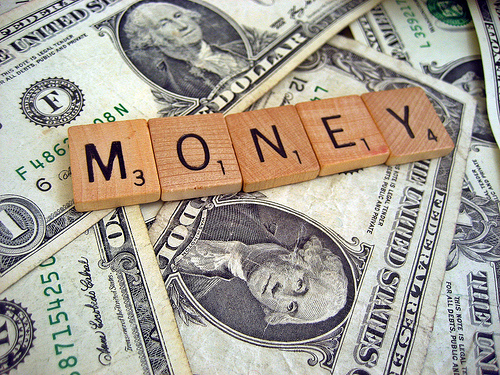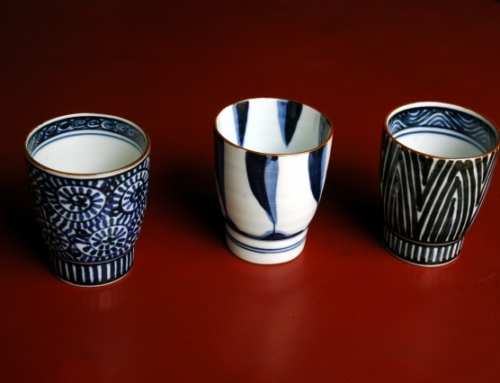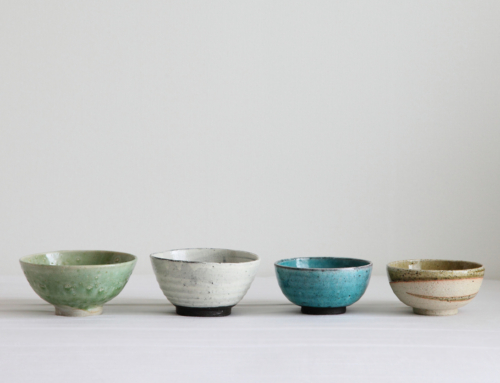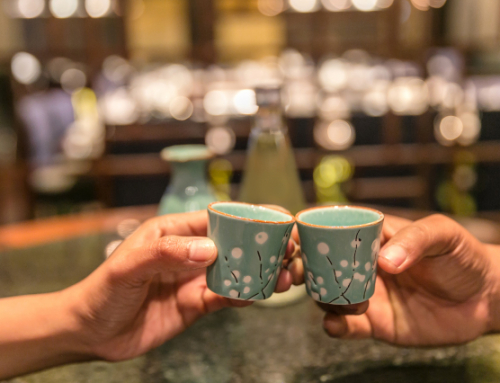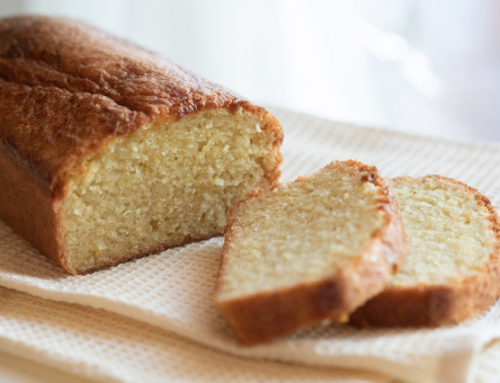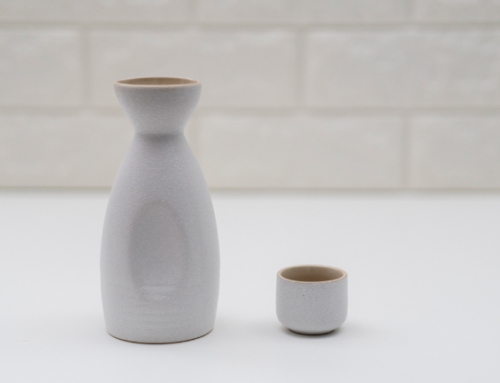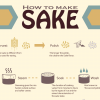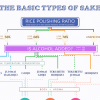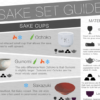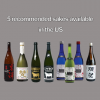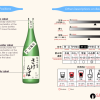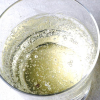The price of sake ranges from a few hundred yen (2-3 USD) to 20000-30000 yen (200 – 300 USD). BASICALLY, expensive sakes TEND to taste great, but that’s not necessarily the case.
So what makes some sakes expensive? There are roughly 3 main determinants of the price of sake.
Rice Polishing Ratio / Sake Classification
In the sake brewing process, sake rice grains are polished to remove fat and protein that generate off-flavors. The more rice grains are polished, the less quantity of sake can be made. So the production cost increases. The renowned brewery, Dassai is famous for producing Daingin-jo sake with rice polishing ratio of 23% (only 23% of the original sake rice grain remains).
| Classification | Rice Polishing Ratio | Price per 1.8L bottle (yen) | Price per 1.8L bottle (USD, At a rate of 110 yen per dollar) |
|---|---|---|---|
| Junmai Daigin-jo | 50% | 6500 | 59.09 |
| Daigin-jo | 50% | 5300 | 48.18 |
| Junmai Ginjo | 60% | 3200 | 29.09 |
| Ginjo | 60% | 3000 | 27.27 |
| Tokubetsu Junmai | 60% | 2500 | 22.73 |
| Junmai | Not specified | 2300 | 20.91 |
| Tokubetsu Honjo-zo | 60% | 2200 | 20.00 |
| Honjo-zo | 70% | 2000 | 18.18 |
Labor Cost
Daigin-jo and ginjo with low rice polishing ratios require great care and delicate, inefficient work as the polished rice grains are so small that they easily get cracked. They require some processes by hand, and rice polishing process and fermentation process take longer time. These labor and time costs are covered by high prices.
Added Value
Aged sake tends to be expensive, too. Those sakes require delicate works during the brewing process.
Therefore, Daigin-jo, ginjo, aged sakes and other sakes with added values tend to be expensive. Just like wine, the price of sake depends on supply and demand, and production costs. But expensive sake does not always taste the best. You should get to know what type of sake you prefer, and then look for those that are cost-efficient.

